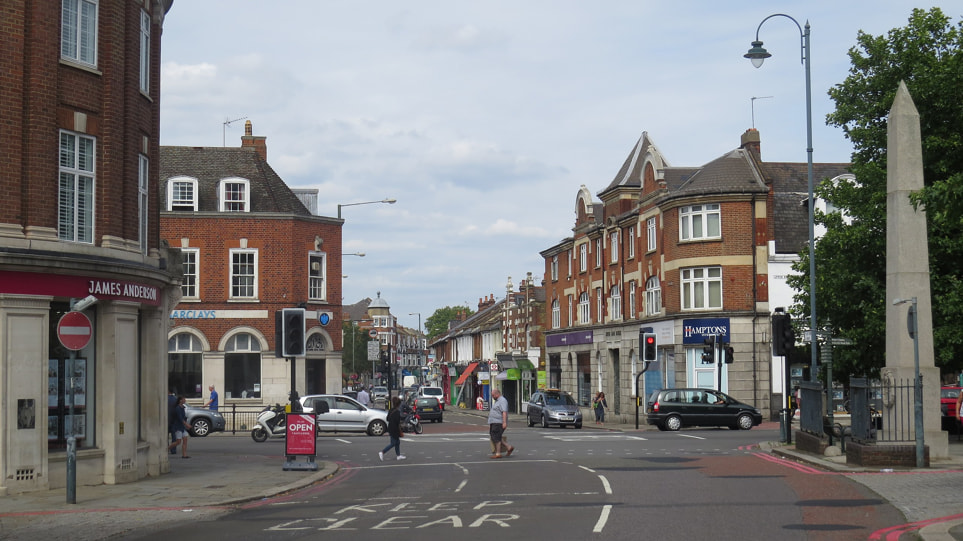Richmond Fulwell Planning Permission: Your Essential Handbook
The Allure of Richmond Fulwell
Richmond Fulwell stands as a picturesque and coveted neighborhood within the London Borough of Richmond upon Thames. Its blend of lush green spaces and charming architecture makes it a prime location for new projects. However, embarking on any development or renovation here requires a keen understanding of the local planning permission process. This guide is your key to unlocking the essentials of obtaining planning permission in this desirable suburb.
The Journey to Securing Planning Permission
1. Dive Into Local Planning Policies
Before you start envisioning your project, it’s crucial to grasp the local planning policies that shape Richmond Fulwell. The borough’s planning framework is detailed and multi-faceted:
- Core Strategy: This overarching policy document outlines the long-term goals for development, including sustainable growth, community needs, and environmental stewardship.
- Development Management Plan (DMP): This provides more specific guidelines on land use, building design, and sustainability, ensuring that developments align with the borough’s vision.
- Supplementary Planning Documents (SPDs): These offer additional advice and standards for particular areas or types of development, such as conservation areas or residential extensions.
Familiarizing yourself with these documents will help you navigate the planning process with confidence.
2. Types of Planning Permission: What’s What?
Richmond Fulwell’s planning permissions cater to various needs:
- Full Planning Permission: Required for most new builds or significant changes to existing structures. This involves submitting detailed plans and design documents.
- Outline Planning Permission: Ideal for larger projects, this provides initial approval for the concept, with detailed plans submitted later.
- Householder Planning Permission: Specifically for home improvements like extensions or alterations.
- Change of Use: Needed if you plan to alter the use of a property, such as converting a home into a commercial space.
Each type of permission serves different purposes, so understanding which one fits your project is essential.
3. Why Pre-Application Advice is a Game-Changer
Engaging with Richmond Council before you formally apply can be a strategic move. Pre-application advice helps refine your proposal based on early feedback from planning officers. This informal consultation can identify potential issues, saving you time and resources by addressing concerns before submission.
4. Crafting Your Application: The Essentials
A well-prepared application is crucial for approval. Here’s what you’ll need:
- Application Form: Complete and accurate, reflecting all the necessary details.
- Site Plans: Detailed diagrams showing your proposed changes.
- Design and Access Statement: A narrative that explains your design choices and how the development will be accessible.
- Heritage Impact Assessment: Required if your site is near listed buildings or within a conservation area.
- Environmental Impact Assessment (EIA): For larger developments, this assesses the potential environmental impacts of your project.
Make sure each component is thorough and meets Richmond Council’s standards.
5. Submitting Your Application
You can submit your planning application online through the Richmond Council’s planning portal or by post. Online submissions generally offer quicker processing and easier tracking. After submission, the council will validate your application and request any additional information if needed.
6. The Decision-Making Process: What to Expect
Once submitted, your application undergoes a detailed review:
- Consultation: Local residents and statutory consultees will be invited to provide feedback.
- Site Visit: A visit may be conducted to assess the proposal in its actual context.
- Recommendation: Planning officers prepare a report with recommendations for approval or refusal.
- Decision: Richmond Council’s planning committee or an appointed officer makes the final decision.
7. If Your Application is Refused: What’s Next?
If your application is declined, don’t be discouraged. You can appeal the decision within six months by submitting an appeal to the Planning Inspectorate. The appeal process involves a review of the original decision, which may include a hearing or written representations.
Key Considerations for Richmond Fulwell
1. Navigating Conservation Areas and Listed Buildings
Richmond Fulwell’s charm includes several conservation areas and listed buildings, which require special consideration. Ensure your project respects the historical and architectural significance of these sites to avoid complications.
2. Emphasizing Sustainability
Richmond’s Local Plan emphasizes green practices. Incorporate eco-friendly materials and energy-efficient designs to align with local sustainability goals and enhance your application’s chances of success.
3. Engaging with the Community
A successful project considers its impact on the local community. Engaging with residents and addressing their concerns can positively influence your application and foster community support.
Conclusion
Securing planning permission in Richmond Fulwell can be a complex but rewarding process. By understanding local policies, preparing a comprehensive application, and engaging with the community, you’ll be well-equipped to navigate the planning landscape of this beautiful London suburb. Whether you’re enhancing your home or launching a new venture, a strategic approach will pave the way for a successful project in Richmond Fulwell.



No responses yet